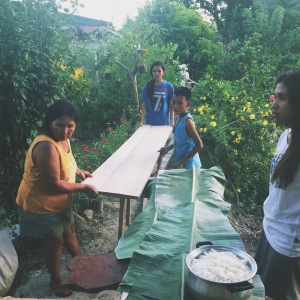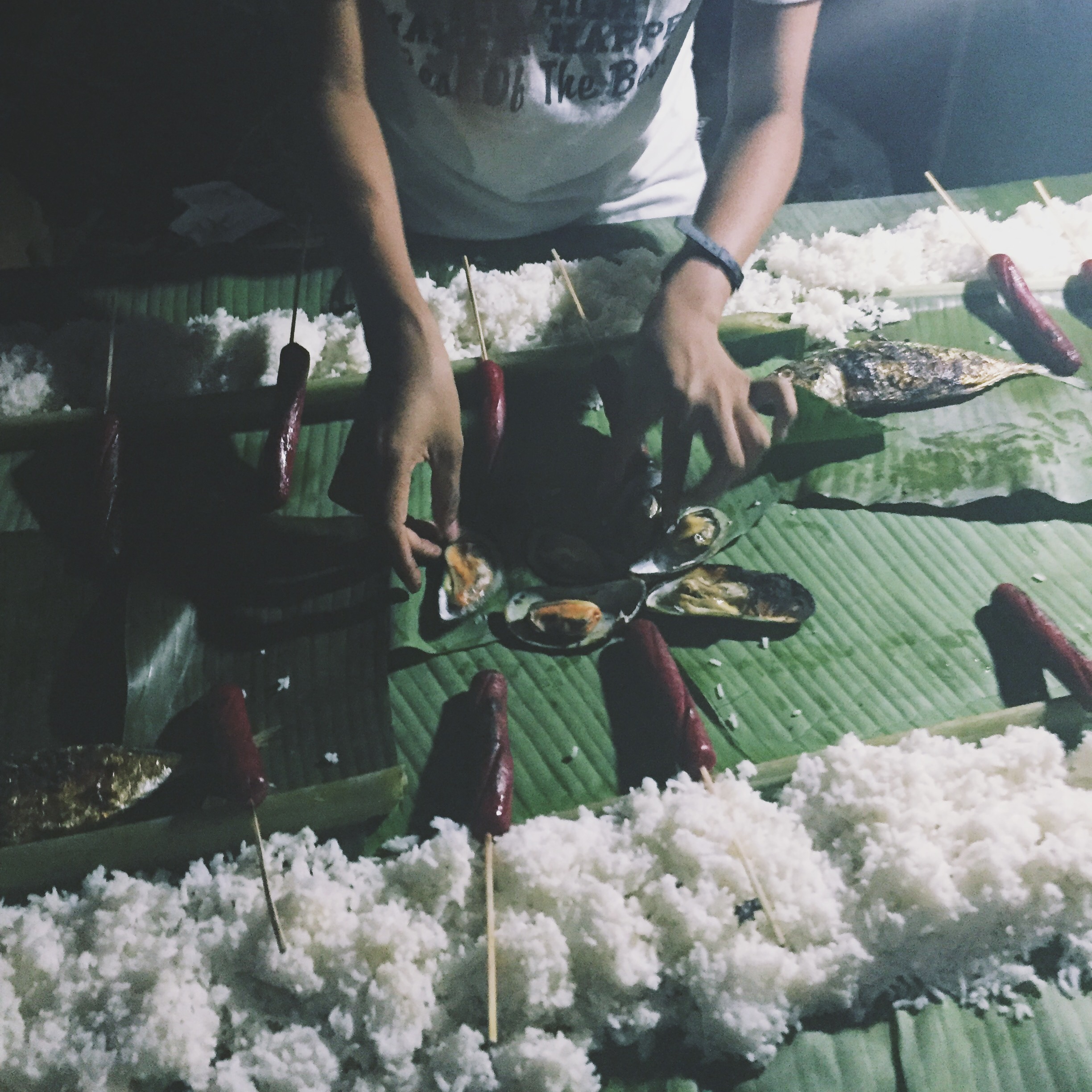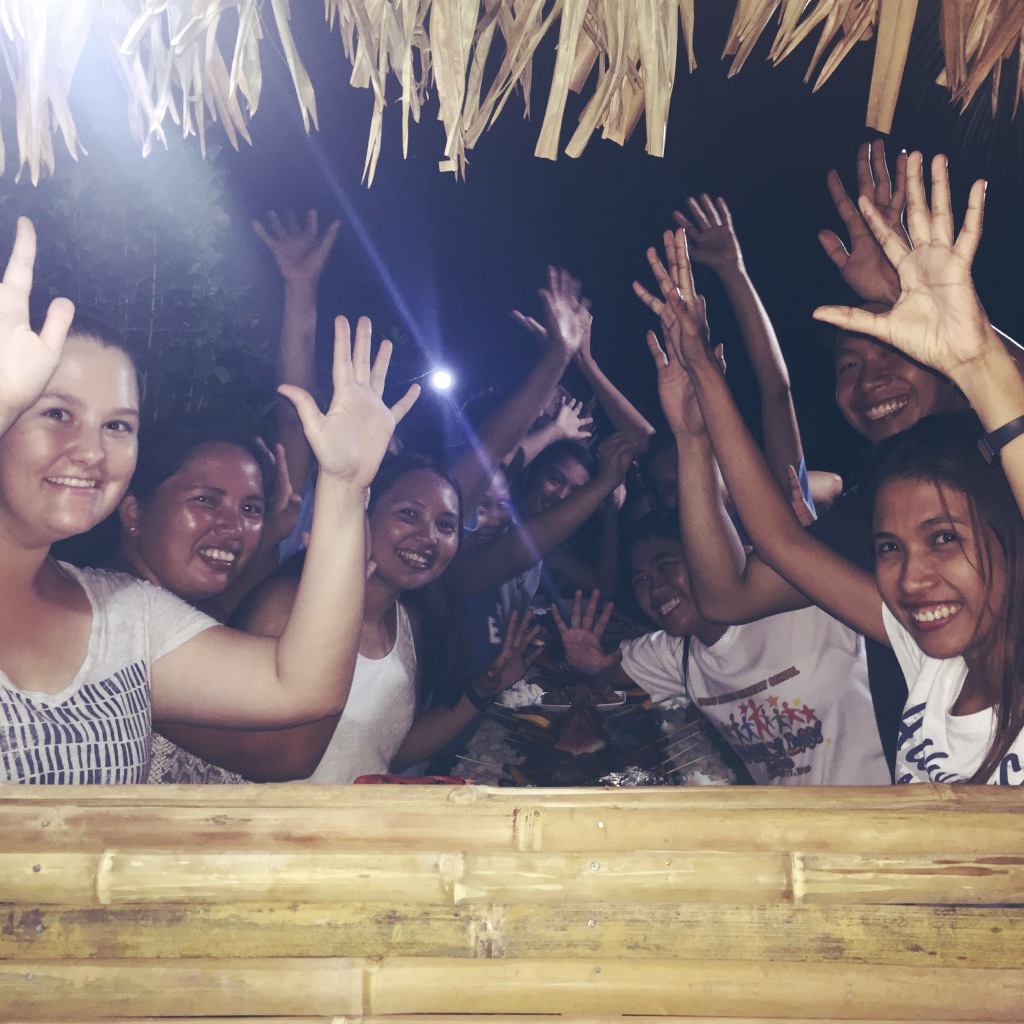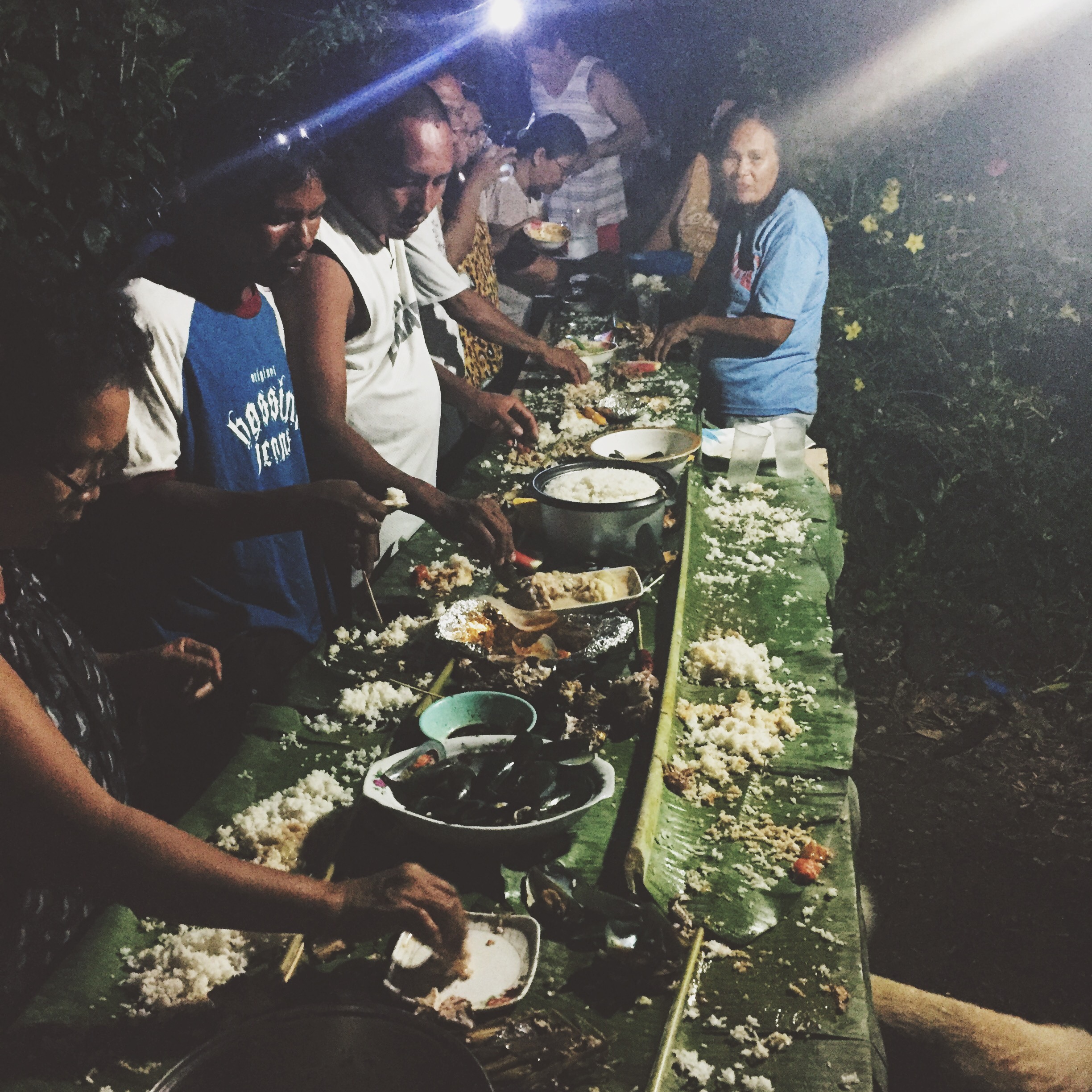
“Learning another language is not only learning different words for the same things, but learning another way to think about things.”
– Flora Lewis
After my most recent Language Proficiency Interview, I started thinking about words in Bicol and Tagalog I’ve come to love. I like these words for a variety of reasons, I like how they relate to Filipino culture, I like that some of them have no direct English translation, and others have become such a part of my vocabulary I use them with Filipinos and Peace Corps Volunteers alike.
1. Mahal
Pronounced: Ma-hal
This means expensive and it’s probably the tagalog word most commonly used between Peace Corps Volunteers. No one knows when it started, but now it has become synonymous with expensive.
Example: I looked into that hostel but it’s mahal so I need to find a different option.
2. Lang
Pronounced: La-ng
Lang means only or just but it’s used after the subject. So if something is only 20 pesos, it would be ‘20 pesos lang’. It’s a super easy word to just tack on to every day speech and it’s an easy way to ask for clarification.
Example:
You: Tag-pira ang pamasahae? (how much is the fare)
Me: 30 pesos
You: 30 pesos lang?
Me: Oo (yes)
3. Kilig
Pronounced Kee-li-g
This word doesn’t directly translate in English. It’s used to describe the light in your stomach, racing heart feeling. Most people have explained it to me as the way you feel when you see your crush, and I think the closest English translation would be what we call ‘having butterflies in your stomach’. Learning a new language, I’ve realized how much a language says about it’s associated culture and I believe this word is a perfect example. The Philippines loves love, and they have a lot of words to describe feelings of love that we don’t have in English.
4. Masiram/Masarap
Pronounced Ma-si-ram / Ma-sa-ra-p
The first (masiram) is Bicol and the second (masarap) is Tagalog, they both directly translate to delicious. While these words are directly used to describe the taste of food, I love these words because they’re often used to describe things other than food. They’re also used to describe when something is particularly refreshing. When a strong, cool breeze blows through on a hot day, it can be described as masarap or ‘sarap.
“‘sarap ang hangin”
Or when jumping into a cold pool on a hot day, the water can also be described as ‘masarap’
“Masarap ang tubig”

5. Ate, Kuya, Nanay
Pronounced: Ah-tay, Koo-yah, and Nah-n-aye
These words mean older sister, older brother, and mother respectively, but they’re not reserved only for those people. Ate and Kuya apply to everyone and anyone. The kids in my community call me Ate Chelsea, I call tryke drivers and jeep conductors ‘kuya’. It’s used a term to get someone’s attention but it’s more informal than ‘ma’am’. I would say the term ‘nanay’ is used more as a term of endearment. When an elder woman is getting off a jeep and has to walk crouched over to the exit, the jeep conductor might tell her ‘luway luway nanay’ (slowly, slowly, nanay). I like the use of these words because it reflects the closeness of community here. I know I will miss being called Ate Chelsea.
6. Salamat sa Dios
Pronounced: Sa-la-ma-t sah Di-o-s
The first time I heard the direct translation of this phrase was after I first met my counterpart. We took a taxi from our hotel to the bus station to go to my site for the first time. When we arrived safely at the bus station, she turned to me and said ‘Thanks God’. Since then, I’ve heard the tagalog phrase used whenever something favorable happens. For example, when the fans have been off all day because of a power outage and everyone is sweaty and uncomfortable. When the power suddenly flips back on and the fans come to life, people will sigh and say ‘Salamat sa Dios’
7. Butiki
Prounounced: Boo-ti-kee
This is a small house lizard that I can say with confidence inhabits every home of the Philippines. They skitter across the walls chasing one another and the bugs. They are welcome house guests keeping away the mosquitos and cockroaches. Sometimes they fight with one another and make loud territorial clicking noises. When I still lived at my host family’s house, our cat had a bunch of kittens and when they were big enough they started pouncing on the butiki that skittered across the floor. One time, one of the kittens caught one by the tail and the lizard quickly detached it’s tail and took off. The tail kept wriggling and kept the kitten entertained while the butiki was able to escape! Evolution, one point; Kitten, zero.
I once accidentally confused binuton (a glutinous rice snack) with butiki and my host family still won’t let me live it down because it sounded like I said I wanted to eat lizards.
8. Palay, Bigas, Kanin, Tipo
Prounounced: Pal-aye, Bee-gas, Ka-nin, Tee-po
The Philippines has a bunch of different words for different types and conditions for rice! I like these words because it’s a reflection of how important rice is here. Are there any English words that behave this way? Something Americans use different words to describe different details or conditions of one subject that other languages would just use one word to describe? If you think of one, leave it in the comments!
Palay is unmilled rice
Bigas is milled rice
Kain is cooked rice
Tipo is burnt rice

9. Niyog, Buko, Copra, Nata de coco, Gata, Lambanog
Pronounced: Nee-y-og, Boo-ko, Ko-pra, Na-ta de ko-ko, Gaa-ta, Lam-ba-nog
What do all these words have in common? They’re all words for coconut!
Niyog is a mature coconut.
Buko is green coconut that is not yet fully ripened. At this stage the coconut contains coconut water, or buko juice. Sometimes entire coconuts are sold on the side of the road. A kuya will cut off the top so you can drink all of the buko juice. When you’re finished with the juice, they’ll cut it in half for you and fashion a spoon out of the piece they cut off the top earlier. Then you use the coconut spoon to scrape the sides of the middle for the buko meat. Buko and buko juice is one of the food items I will absolutely miss the most. The coconut water in the USA just CANNOT compare with juice from a fresh coconut!
Copra is dried coconut. Whenever things need drying they’re laid out on the sides of the road in the Philippine sun. So, it’s not uncommon to pass sections of the street covered in copra (usually there is still a narrow lane for vehicles) drying out. You can usually smell these areas before you see them because they have a pungent, somewhat sour, smell. When the copra is done drying the meat is used for coconut oil.
Nata de coco- fermented coconut water (Wikipedia) the coconut water gels together when fermented and creates a jelly that is used in buko salad, a filipino dessert.
Gata is coconut milk which you can get fresh at any filipino market, however it may not come how you expect it to. The inside of the ripe coconut is shredded and put into a bag. You use this to make coconut milk by pouring hot water over it and squeezing the pulp with your hands. Then you drain the milk from the pulp, and viola you have gata!
Lambanog has been explained to me as coconut wine, but I believe it’s closer to a spirit than a wine (EDIT: Lambanog is a distilled coconut spirit, Thanks Kenny!). It’s made of fermented sap from coconut flowers or palms and it is a strong but cheap alcohol, commonly drank in tagay circles on the beach.
10. Tagay
Pronounced: Ta-guy
This is a style of drinking where people sit in a circle with a bottle of alcohol, wine, or beer, in the middle. They then pass around one cup. The person who has the cup pours a little into the cup, finishes it, and passes it to the next person who repeats the process. In the Philippines this is primarily used to describe this method of drinking, but between my batchmates and I we use it to describe consuming almost anything in this, one serving-pass it on, fashion.
Example: Wanna tagay the last slice of pizza?
What’s your favorite word (in any language!) and why? Post it in the comments below!





























